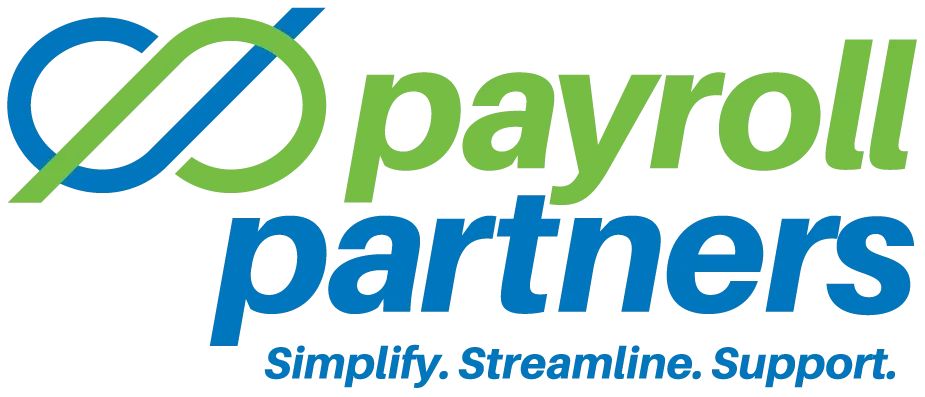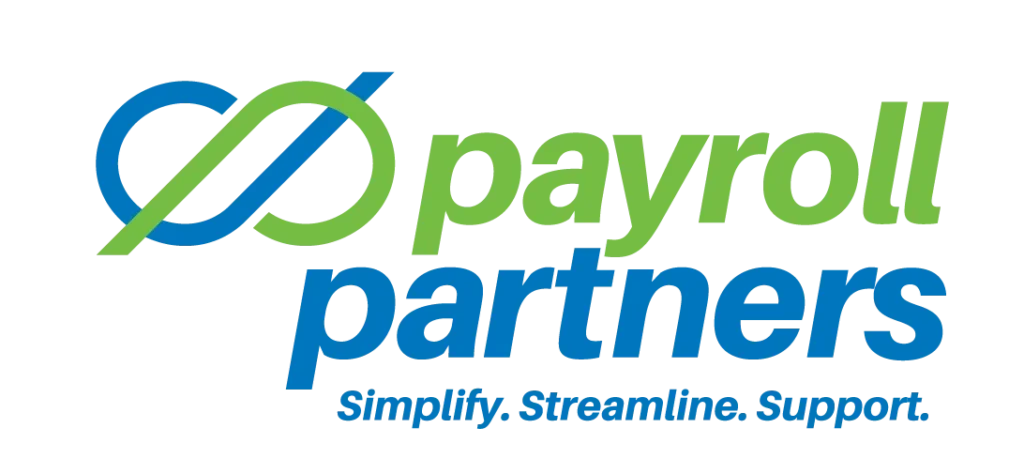When the United States began, most pastors lived in church-owned parsonages, and the US carried over the common European practice of not taxing that as income.
The basis of the housing exclusion from taxable income is deeply rooted in our nation’s tax history. In 1954, the provision was expanded to include the “cash” rental allowance paid in lieu of a provided dwelling.
Housing Pros and Cons
Pros: A housing allowance allows the pastor to select housing which best meets the needs of the family; the pastor has the opportunity to build up financial equity in a house; the church is free of the responsibility of owning/maintaining a parsonage.
Cons: Over time, a housing allowance is more expensive for a local church than parsonage ownership; in some communities, housing which meets parsonage standards is not available or not in the price range which clergy can afford; some clergy are not able to afford a down payment for a home; at the time of a move, it may be difficult for the clergy to sell a home; time spent on home maintenance may reduce time available to spend on ministry.
Parsonage Pros and Cons
Pros: In most cases, a parsonage provides the most efficient housing option in an itinerant system. Over time, it is generally most economical for the local church and allows the pastor to relocate more easily. It provides a comfortable residence for the pastor, close to the work place, and without the distractions of property maintenance.
Cons: A particular parsonage may not “fit” the parsonage family – it may be too small or too large. The clergy family may feel like “renters” and somewhat limited in customizing the house to make it feel like a home. The church may be limited in its financial abilities to make needed repairs on the parsonage in a timely manner or may place the parsonage at the bottom of the list of building improvements.
Payroll Partners is committed to helping clients stay informed about payroll, tax and human resource news, developments and current events. This article is intended to provide readers with general information on human resources matters. The article does not constitute, and should not be treated as professional advice regarding the use of any particular human resources practice. All efforts have been made to assure the accuracy of the information. Payroll Partners does not assume responsibility for any individual’s reliance upon the information provided in the article. Readers should independently verify all information before applying it to a particular fact situation, and should independently determine the impact of any particular human resources practice. If you are seeking financial or human resources advice, you are encouraged to consult a financial and/or human resources professional.

